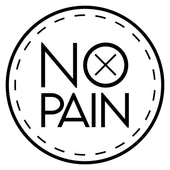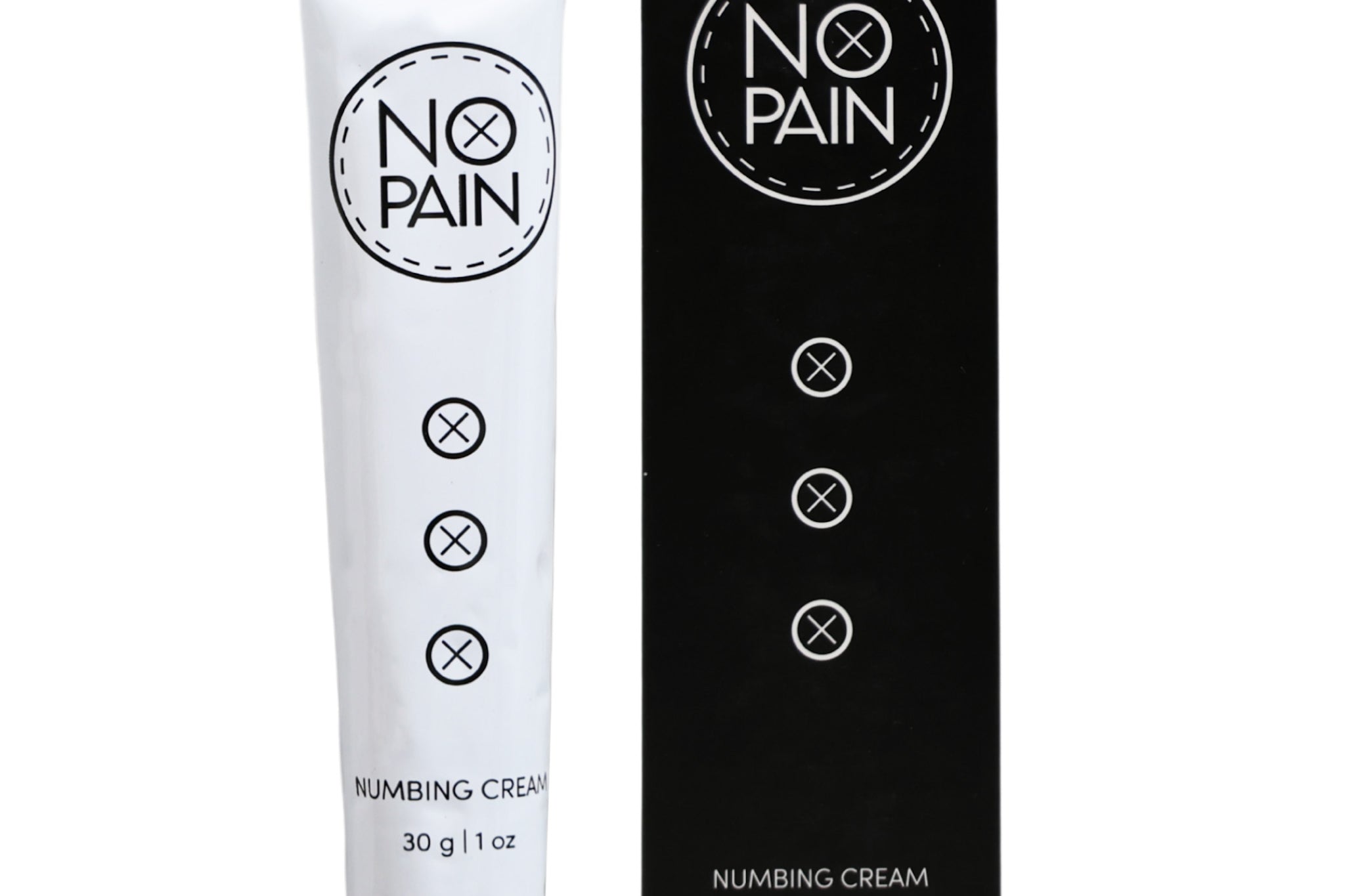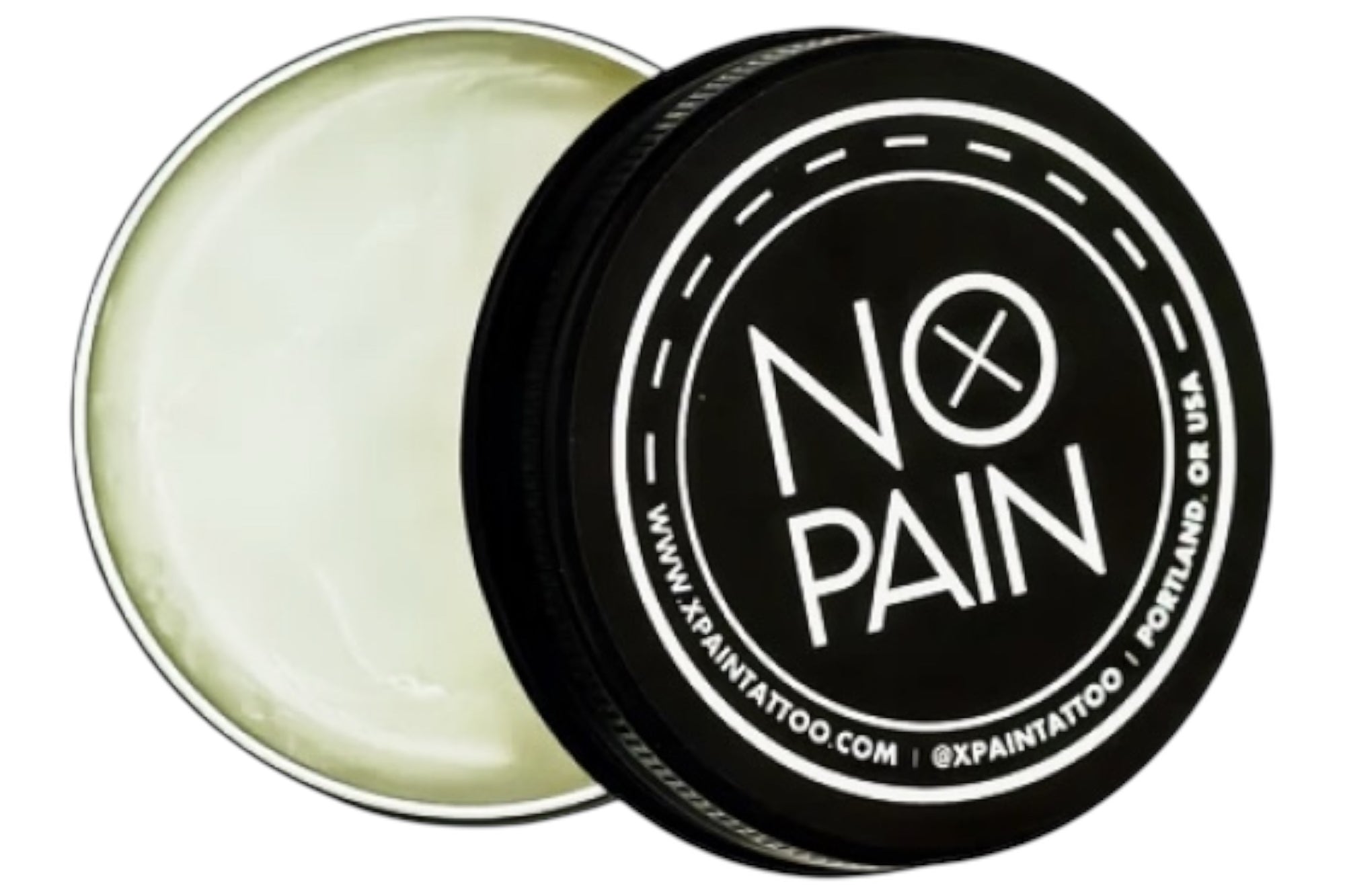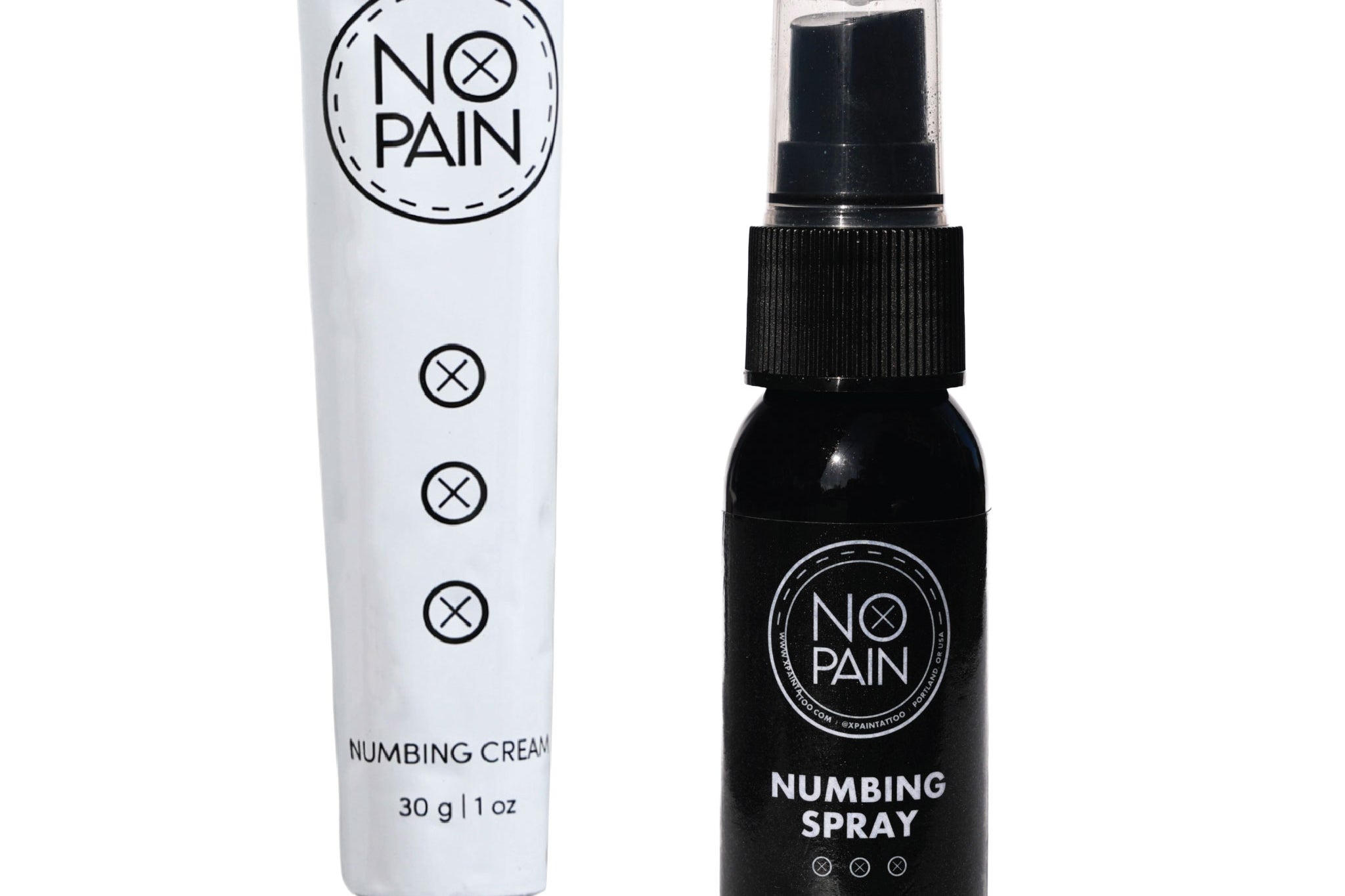Understanding the Post-First-Week Tattoo Experience
You've made it through the first week with your new tattoo. The initial sting has subsided, the constant wrapping is over, and you're starting to see the art settle into your skin. But a new question arises: why does it still hurt? A dull ache, a surprising tenderness, or a persistent itch can make you wonder if everything is proceeding as it should during the tattoo healing stages. Understanding the healing process is crucial.
Why Lingering Pain After a Week is Normal (Sometimes)
The first thing to understand is that a tattoo is, fundamentally, a controlled wound. Your skin has endured thousands of tiny punctures to deposit ink into the dermis. While the most acute phase of healing occurs in the first few days, the deeper repair process continues for weeks. Therefore, experiencing some level of discomfort, sensitivity, or tenderness a week later is not only possible but often a standard part of the healing process. Your body is still diligently working to repair the skin.
Differentiating Normal Healing from Red Flags
This article is designed to be your guide through this specific stage. We will explore the usual feelings and visual signs of a tattoo one week after getting inked, helping you distinguish between the normal discomfort of healing and the warning signs that something might be wrong.
What Does a Healing Tattoo Look Like After a Week?
By the one-week mark, your tattoo should be well into the peeling and itching phase. This is often considered the most visually unappealing, but it's a critical sign that your skin is regenerating.
Normal Visual Signs:
-
Peeling/Flaking: Expect the top layer of skin to flake off, much like a sunburn. The flakes may be lightly colored with ink. This is good! It means new skin is forming underneath. (Related: The "Ugly" Stage of Tattoo Healing: What to Expect)
-
Mild Redness/Pinkness: Some residual redness around the edges or under the peeling skin is normal, but it should be decreasing, not increasing.
-
Dull or Cloudy Appearance: The new skin forming over the ink can initially look hazy, milky, or shiny. This is often called "silver skin" and is temporary.

Common Sensations: What You Might Be Feeling
While the sharp pain of the needle is gone, other sensations take its place.
Normal Sensations:
-
Itching: This is usually the most intense symptom at the one-week mark. An itchy tattoo is a healing tattoo, caused by the skin regenerating and nerve endings repairing. Resist the urge to scratch!
-
Mild Soreness/Tenderness: The area might still feel a bit bruised or tender to the touch, especially if it's a large or densely packed piece. A sore tattoo is expected, but the pain should be lessening day by day.
-
Tightness: As the new skin forms, the area can feel tight, especially before moisturizing.
Red Flags: When to Worry About Tattoo Pain After a Week
While some discomfort is normal, certain signs indicate a potential problem, like an infected tattoo or a severe reaction. Seek professional advice if you notice:
Warning Signs:
-
Worsening or Severe Pain: Pain that suddenly gets worse, becomes throbbing, or is severe enough to interfere with sleep is not normal.
-
Increased or Spreading Redness: Redness that intensifies or spreads significantly outwards from the tattoo (especially red streaks) is a major warning sign.
-
Excessive Swelling: While some puffiness is normal initially, significant swelling that persists or worsens after a week needs attention.
-
Pus or Oozing: Any thick, yellowish, or greenish discharge, often accompanied by a foul odor, is a clear sign of infection. (Related: Why is My New Tattoo Leaking Clear Fluid? A Healing Guide)
-
Heat: If the area feels excessively hot to the touch compared to the surrounding skin, it can indicate infection.
-
Fever or Feeling Unwell: Systemic symptoms like fever, chills, or body aches accompanying any of the above skin symptoms require immediate medical attention.
Why is My Tattoo Still Hurting? Common Causes of Prolonged Discomfort
If your pain is lingering but doesn't seem like a full-blown infection, consider these factors:
-
Placement: Tattoos on certain areas naturally take longer to heal and stay tender. Bony spots (feet, ribs, spine), high-movement areas (joints, hands), or areas with constant friction (inner thigh, waistband) will often be sore for longer. (Related: How to Heal a Tattoo in a High-Friction Area (like the Inner Thigh))
-
Size and Density: A large, heavily saturated tattoo (like blackwork or dense color packing) involves more trauma to the skin and will naturally have a longer, more intense healing period.
-
Aftercare Issues: Are you keeping it too dry? Or perhaps over-moisturizing with a heavy product? An imbalance in your tattoo aftercare can prolong irritation. (Related: Can You Over-Moisturize a New Tattoo? (The Answer is Yes))
-
Individual Healing Speed: Everyone heals differently based on age, health, and immune system function.
Managing Normal Discomfort: Tips for Relief
If your symptoms fall within the "normal" range, here's how to care for a new tattoo to promote comfort and optimal healing:
-
Keep it Clean: Gently wash the tattoo 1-2 times daily with a mild, fragrance-free cleanser. Our No Pain Tattoo Cleansing Foam is perfect for this, removing bacteria without irritation.
-
Moisturize Appropriately: At the one-week mark, you should be using a high-quality, breathable moisturizer to combat dryness and soothe itching. Our No Pain Tattoo Aftercare Balm provides lasting hydration without clogging pores.
-
Avoid Scratching: Apply a cool compress (wrapped in a paper towel, never directly on the skin) or gently tap the itchy area instead of scratching. Our No Pain Tattoo Soothing Gel can also provide significant relief from itching.
-
Wear Loose Clothing: Avoid tight clothing that can rub against and irritate the peeling skin.
When to Seek Professional Help: Artist vs. Doctor
Knowing who to contact is crucial:
-
Contact Your Tattoo Artist If: You have questions about normal healing, mild irritation, or product recommendations. They are experts on the typical healing process for their work.
-
Contact a Doctor or Dermatologist If: You suspect an infection (worsening pain, pus, fever) or a severe allergic reaction. Artists are not medical professionals and cannot diagnose or treat infections.
Don't hesitate to seek help if you're concerned. It's always better to be cautious and get professional advice than to risk a serious complication. Trust your intuition and take proactive steps to address the issue.
Conclusion: Navigating Your Tattoo's Healing Journey with Confidence
Experiencing some pain a week after getting a tattoo is often a normal part of the body's intricate healing process. By understanding what to expect, you can navigate this final stage of superficial healing with assurance rather than anxiety.
Recap of Normal vs. Worrying Signs:
To summarize, normal signs at one week include itching, light flaking, and mild tenderness that is gradually improving. Worrying signs that require attention include worsening pain, throbbing, spreading redness, excessive swelling, pus, or a fever.
Empowerment Through Knowledge: Trusting Your Instincts:
This knowledge empowers you to be an active participant in your healing. You are the best judge of your own body. If a symptom feels off or concerns you, it's worth investigating. Don't downplay your instincts in favor of what you think "should" be happening.
The Importance of Professional Advice: When in Doubt, Seek Help:
Finally, never hesitate to reach out for professional guidance. Your tattoo artist is a valuable resource for questions about normal healing. For any signs of a potential infection or severe reaction, a doctor is the only person qualified to diagnose and treat the issue. By being informed and proactive, using a complete system like our No Pain Tattoo Aftercare Bundle, you can ensure your tattoo heals beautifully and becomes a piece of art you can enjoy for a lifetime.



